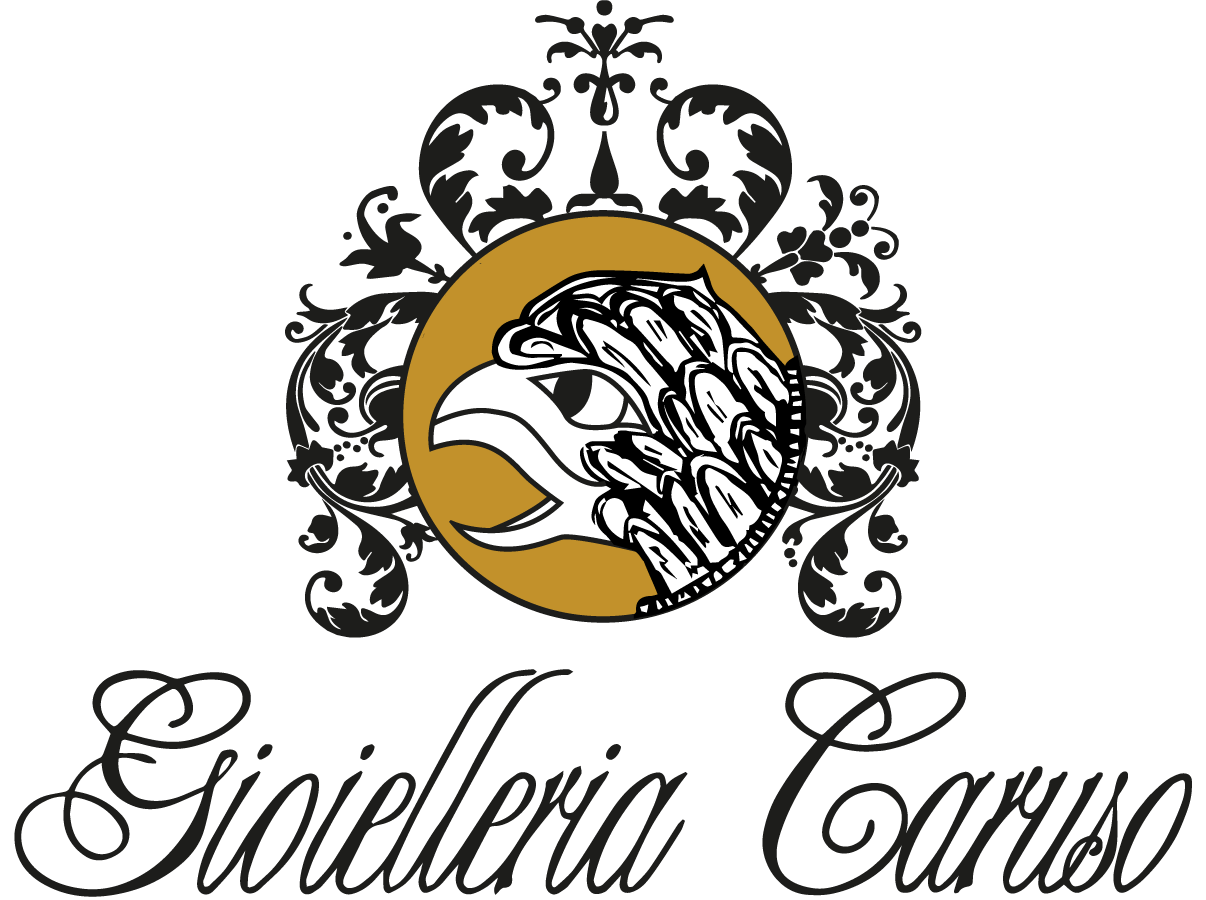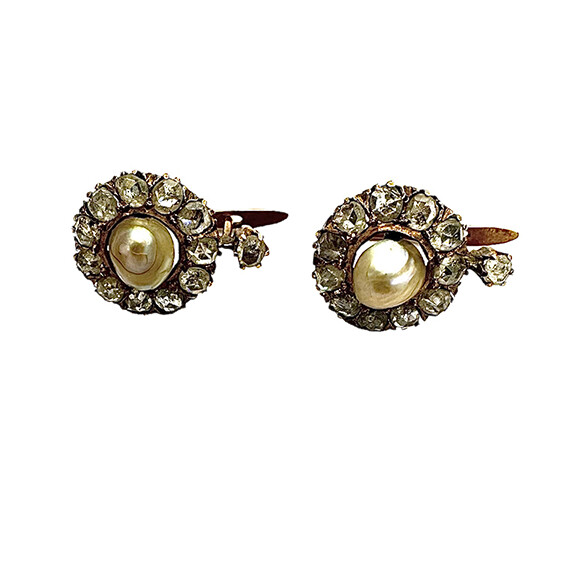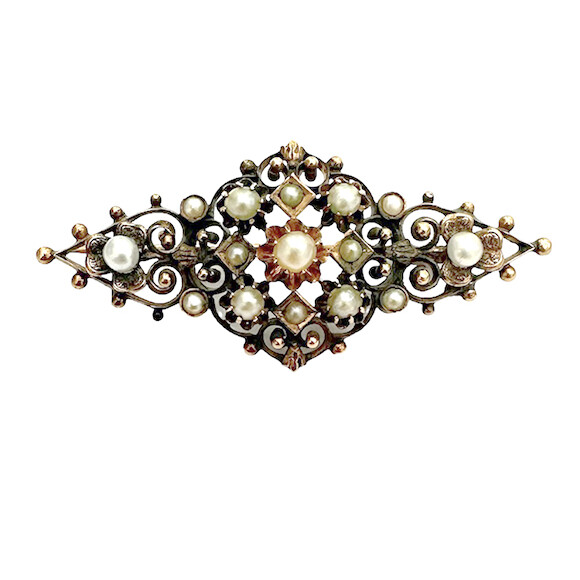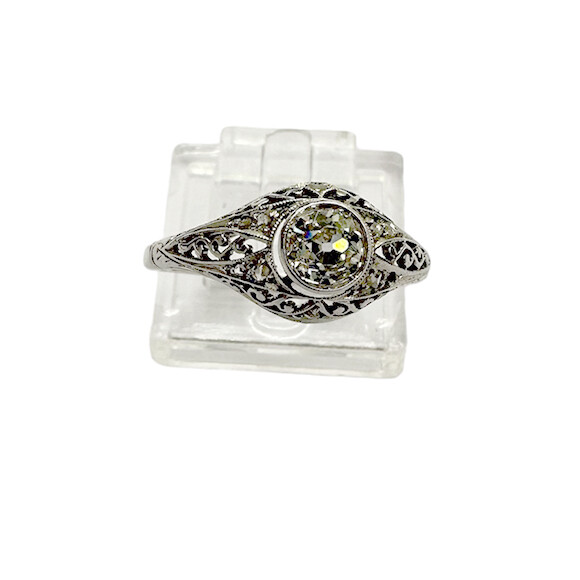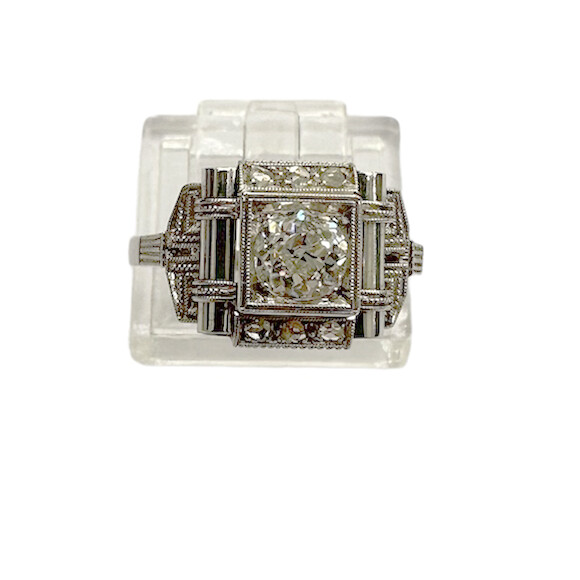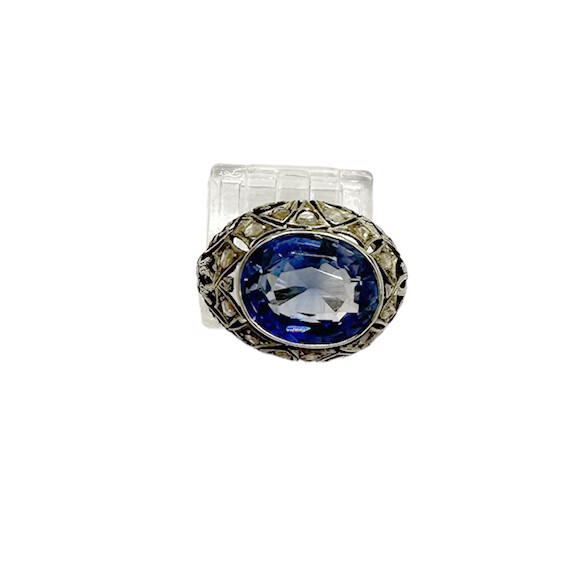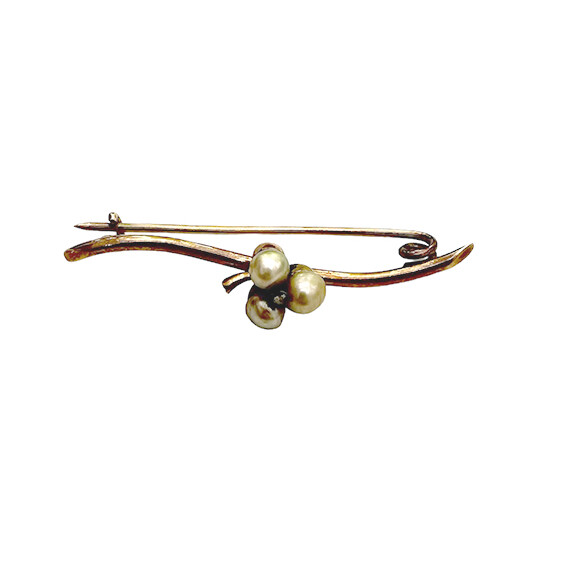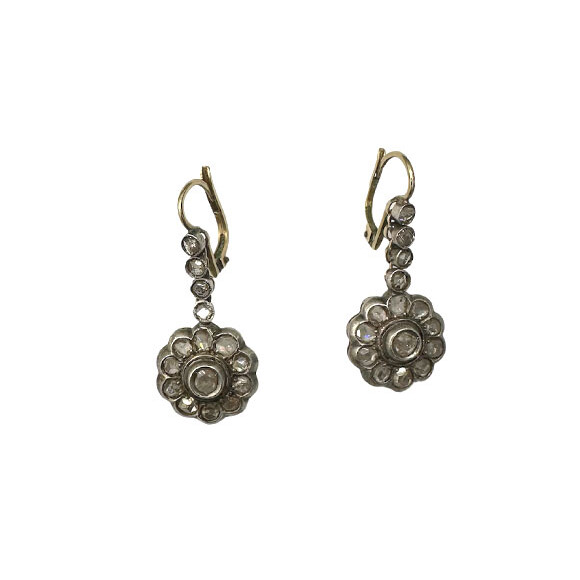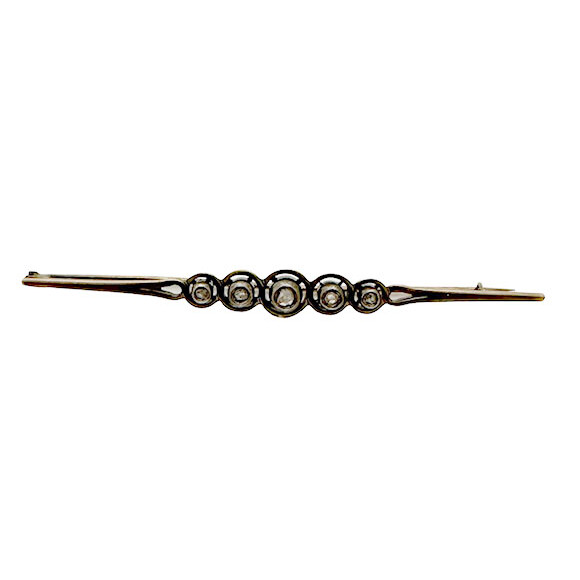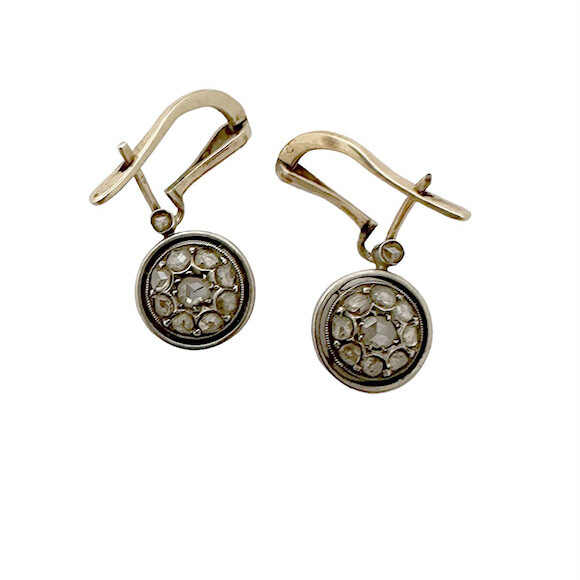The craftsman and jeweler of the Borgo Orefici in Naples pursues, among other objectives, that of faithfully reproducing precious period objects, thanks to a meticulous research of authentic pieces.
Pieces that go from the Baroque to the Decò era are among the most appreciated and unique: the memory and enhancement of the great Neapolitan gold school are objectives of fundamental importance for Caruso Jewelery.
How to choose a period, vintage or antique jewel?
It is not easy to distinguish the genres, yet it is necessary to avoid being fooled by cheater salesmen and also, to get the exact period, vintage or antique jewel you want.
Often, in fact, the terms period, vintage and antique are used incorrectly and confusingly.
Then, there are the English words like heritage or estate that complicate the choice even more.
How toIdentify the style.
To correctly choose a period, vintage or antique jewel, let’s start with a simple consideration: everything that is not new is used. But, of course, a 200-year-old ring has a different value than a ten-year-old jewel.
The first step is, therefore, to define to which era a jewel belongs. If you are not an expert in jewelery history, you can look on the internet (perhaps consult gioiellis.com) for references or for jewelery that resemble what you want to buy. In this way, the jewel age can be defined with an approximation of 10-20 years, and it is already a good result.
For example, two styles that have influenced the world of jewelry in a long time are:
– Art Nouveau, which is also called Liberty style in Italy(1900-1925)
– Art Deco (around 1925-1940).
Auction websites such as Sotheby’s or Christie’s can also help you, as they preserve jewel images that have a certain date.

Engraved Coral and Ivory letter opener
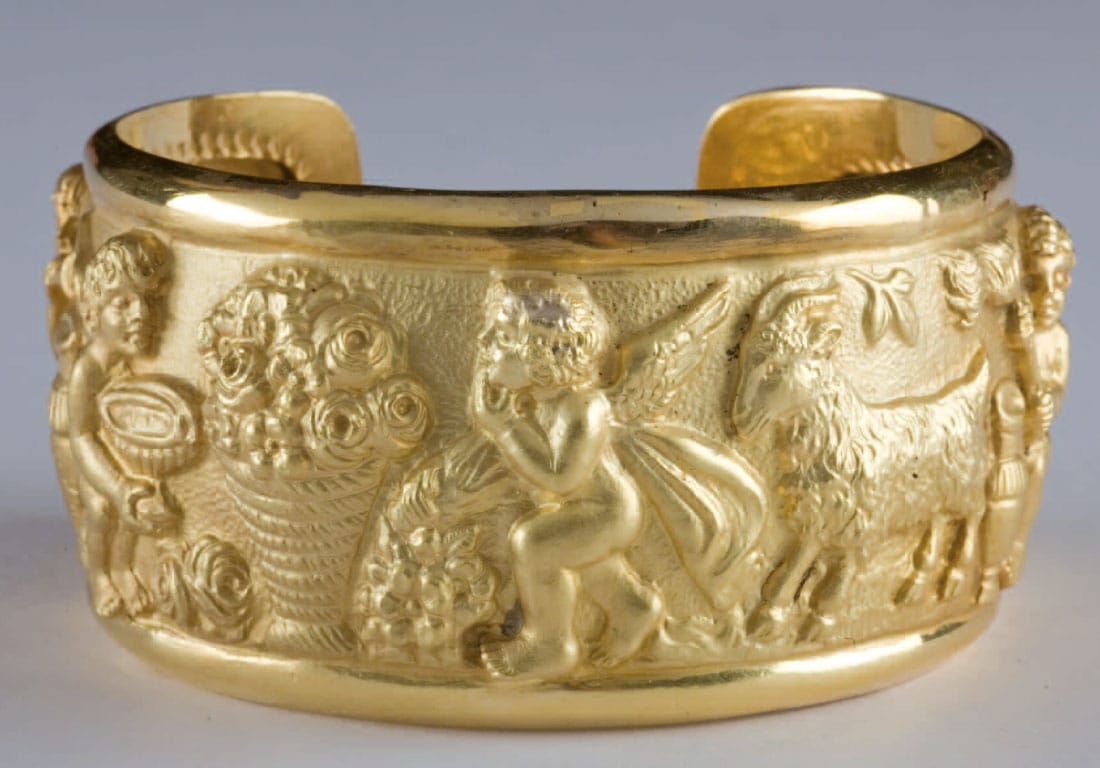
Embossed gold bracelet, first half? 20th century Cosimo Caruso Collection
Fake Antiques
There are often contemporary jewels inspired by the past and sold ambiguously as antiques. The Art Deco style, for example, has been back in fashion for a few years and many jewelers have made jewels in this style again.
Also, an untrustworthy retailer might try to sell a new cameo, similar to an antique, like a vintage piece of jewelry, when it is just a reproduction of an antique piece.
Fortunately, finding out if a jewel has a history is usually quite simple: just look at it very carefully, perhaps using a magnifying glass or a simple lense. A jewel that is many years old has almost certainly small marks on the metal, sometimes even scratches on the stones, which indicate its use.
Second hand
A second hand jewel is not necessarily antique, period or vintage: it has simply been used before; maybe very little, but “used”.
This is the case, for example, of rings received as a gift but have never been worn because they are not liked, or (this also happens) of engagement rings that return to the jeweler after the couple’s relationship has ended.
Of course, in this case it is not a vintage jewel, but a contemporary one.
Period or vintage jewelry
A piece of jewelry is vintage if it is at least 20-30 years old. So, if a jewel was made before 1980 it can be considered a period piece.
Vintage is also used in English and French to mean the same thing, but it is a generic definition; it can also be defined as an Art Deco jewel of the thirties, although, of course, it is more appropriate to precisely define the period in which the piece was made.
So, if the seller simply defines a jewel as vintage and period, be careful and take a better look at it.
Antique jewels
When can a jewel be defined as antique? There is no precise date, but generally a jewel that is more than a hundred years old is considered antique. Of course, to define a jewel as antique, some evidence is needed that defines the date it was created.
Pay attention to the definition “antique style”, which simply means that the jewel is an imitation. A Bella Epoque jewel was not necessarily made in the late nineteenth century, but it may indicate the reproduction of its style.

